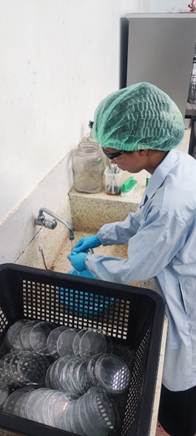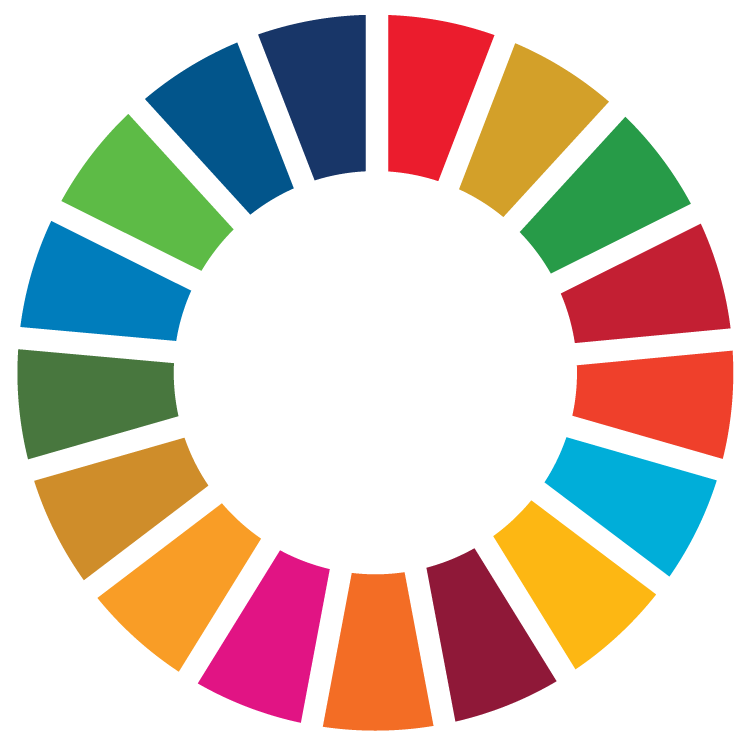Reporters : Assoc.Prof.Dr. Pornsil Seephueak
Asst.Prof.Dr. Prapot Maliwan
Assoc.Prof.Dr. Pornsil Seephueak
Asst.Prof.Dr. Nion Chirapongsathonkul
Dr. Worawitoo Meesook
Evidence Date: January – December 2022
Indicator : 15.4.3
Related SDGs:

Hazardous waste typically includes a wide range of waste materials that pose a potential risk to human health or the environment. This encompasses various categories of waste, including biological waste and infectious waste in case if it contains hazardous properties. Biological waste, such as medical waste or materials contaminated with potentially infectious agents is considered hazardous waste since they meet the criteria for hazardous waste classification, which often involves factors like toxicity, flammability, corrosiveness, or reactivity. Infectious waste including waste materials contaminated with pathogens, is also classified as hazardous waste because it poses a risk to health or the environment.
The leakage of biological waste and infectious waste into the environment can have significant negative consequences. In cases of leakage of infectious waste, particularly that contaminated with pathogen, the spread of diseases can occur among both wildlife and domestic animals. This can lead to outbreaks of diseases that affect local animal populations, which can have cascading effects on ecosystems. The improper disposal and leakage of biological waste can result in environmental contamination leading to long-term environmental damage, as pathogens and contaminants can persist in the environment and continue to pose risks to living organisms.
Infectious waste and biological waste are carefully removed and disposed following the university’s policy and the biosafety protocol. We concern about the leak and spread of any dangerous contaminated materials through the infectious waste. Proper disposal of infectious and biomedical waste is crucial to protect public health and the environment. The laboratories and departments dealing with infectious waste and biological waste, including those in the Faculty of Agriculture and the Faculty of Veterinary Science at RUTS Nakhon Si Thammarat Campus, adhere to the university’s standards for the management of hazardous waste. The infectious and biomedical waste from other types of waste at the point of generation was separated. However, personnel handling infectious and biomedical waste are properly trained in handling and disposal procedures. The workers have access to personal protective equipment (PPE) and follow safety protocols. The animal carcasses and low risk of contamination were treated following common treatment methods include incineration, autoclaving (steam sterilization), and chemical disinfection. Additionally, the infectious waste was sent to a government-approved disposal company, like FISOL ENERGY CO., LTD. As a result, the likelihood of hazardous waste leakage, specifically biological waste and infectious waste, from the operations and laboratories of the Faculty of Agriculture and the Faculty of Veterinary Medicine is minimal, ensuring the sustainable coexistence of the university, the environment, and the community




Figure 1. The waste disposal by autoclaving.

Figure 2. The waste disposal by incineration.


The university’s policy announced for hazardous waste disposal (created on 22 November, 2021).

Related Links:
https://sdgs.rmutsv.ac.th/wp-content/uploads/2023/11/Life-on-land-policy.pdf



